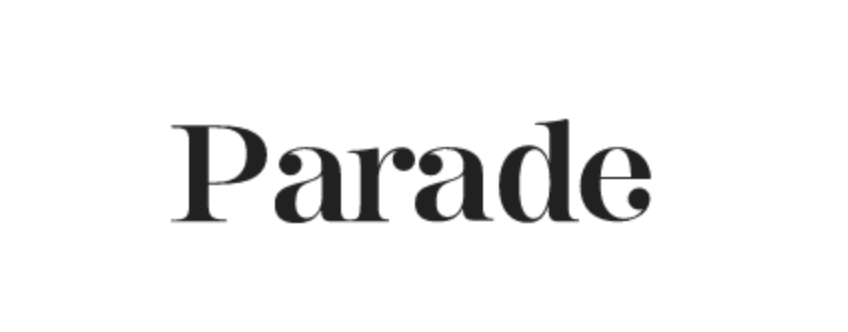Is there hope for Dead Butt Syndrome?
Is there hope for Dead Butt Syndrome? Five Pro Tips to Revive Your Gluteus Medius
Let me start by saying that Dead Butt Syndrome is real. It even has a formal medical term, Gluteal Amnesia.
But before I go into the details let me share with you a little anatomy.
There are three gluteus muscles. Most of us are familiar with the gluteus maximus which is located in our buttocks and is responsible for the movement of our thigh and him.
What is Gluteal Amnesia?
Gluteal Amnesia, also referred to colloquially as dead butt syndrome, refers to a condition where the tendons of the gluteus medius (another one of the three muscles) becomes inflamed. The result is pain in your lower back, hip or knee.
This condition occurs in distance runners where the repetitive nature of their exercise can lead to tightness in the hip flexors, even more so in those who do not add weight training to their running routine.
There is also the belief that as we have evolved from a labor-intensive to a corporate sedentary lifestyle, many people are developing gluteal amnesia because we park out butts in our chairs all day. This leads to tight hip flexors and weak glute muscles. Poor posture contributes to the lack of glute activation. As a result, activities normally performed by the gluteus medius are now being performed by the hamstrings and lower back muscles. When your glute muscle loses strengths, it causes an imbalance leaving the other muscle groups to compensate. Pain is your body trying to compensate for the imbalance.
The good news is this condition is reversible but only by “working your butt off (pun intended.)
Here are five exercises recommended byJustinSeedman, a South Florida ACE Certified Personal Trainer, Health Coach, and founder of JustinFit, a concierge in-home personal training company, to revive and reverse dead butt syndrome:
- The Squat is a foundational exercise incorporated in many fitness programs targeting the lower body including the glutes.
How to perform the perfect squat:- Stand with your feet shoulder-width apart.
- Sit back and down like you’re sitting into an imaginary chair. Allow your lower back to arch slightly as you descend.
- Lower your level until your thighs are as parallel to the floor if possible.
- Keep your knees over your ankles.
- Press your weight back into your heels.
- Push through your heels to bring yourself back to the starting position.
Perform 2-3 sets of 10 reps
Tip: Use your couch. Don’t sit on the sofa but use it as a target as to how low to go. Hold a kettlebell or dumbbell to increase the difficulty of this exercise.
- Lunges are another first exercise for targeting the glutes. The lunge compliments the squat in a fitness program they are especially popular because they are easy on the back. Contrary to the squat the lunge allows a person to keep their back straight and chest lifted, placing less strain on the back.
- Stand tall with feet hip-width apart.
- Take a long step forward with the left leg landing with the heel first one the floor.
- Lower body until left thigh is parallel to the floor and left shin is vertical.
- Don’t allow your left knee to go past the left toe.
- Press into the left heel to drive back up to starting position.
- Repeat on the other side.
- Perform two sets of 10-15 reps, alternative legs for an extra challenge.
Tip: For anyone facing difficulty balancing hold on to a stationary object when performing the lunge. Hold a kettlebell or dumbbells to increase the difficulty of this exercise.
- Take your lunge to the next level with Step-Ups. This exercise combines the movement of the lunge with stepping upward on to a bench. This is another move that effectively targets the lower body especially the glutes, quadriceps, and hamstrings.
- Begin with right foot on a bench.
- Press through your right heel as you step up onto the bench.
- Step up onto the bench with your left foot.
- Return to the starting position by stepping down with the right foot, then the left, so both feet are on the floor.
Perform 2-3 sets of 10-15 reps, alternative legs for an extra challenge. Hold a kettlebell or dumbbells to increase the difficulty of this exercise.
Tip: This exercise can be performed using a sturdy chair if you don’t have a bench.
- The Hip Press is one the most beneficial exercise improving mobility and strength in hips and glutes.
- Begin by laying on your back with your knees bend and heels and feet flat on the ground.
- Keep your hands palms down, with your arms flat.
- Press through your palms and heels, engaging your glutes, and lift your hips upwards.
- Hold for 1-3 deep breathes.
- Slowly lower back toward the ground.
- Perform 2-3 sets of 10-15 reps
Tip: At the peak of the movement there should be a straight line from your knees to your shoulders.
- Lateral Band Walks are widely considered by personal trainers to one of the best booty exercises. To perform this exercise, you’ll need a set of Minibands. They can easily be purchased from the sporting goods section of Target or on Amazon.
- Place a resistance band slightly below your knees.
- Begin standing with feet hip width.
- Squat approximately halfway down.
- Step sideways with your right foot onto your heel rather than your toes.
- Keep tension in the band as you bring your left leg slowly toward your right, returning to the starting position.
- Perform 1-2 Sets of 20-30 reps
Tip: Place bands over clothing to avoid irritation for the band
The best way to avoid developing this syndrome?
If you are a runner, add weight training to your routine. And if a sedentary lifestyle is the culprit, take breaks, walk around and stretch. Vary your work routine by alternating between sitting and standing to perform your office related tasks.
The effort may seem like a pain in the butt but the results may be maximus.



















